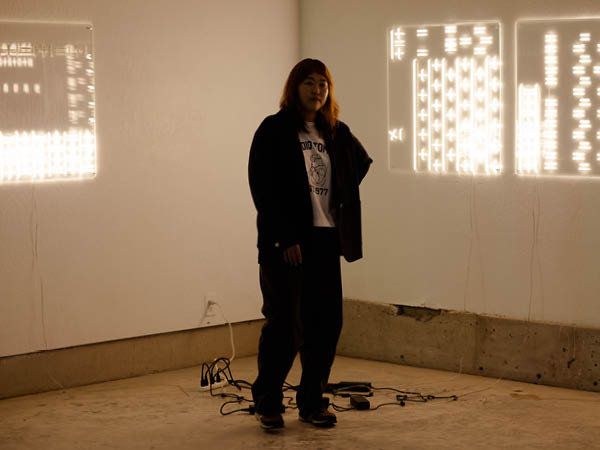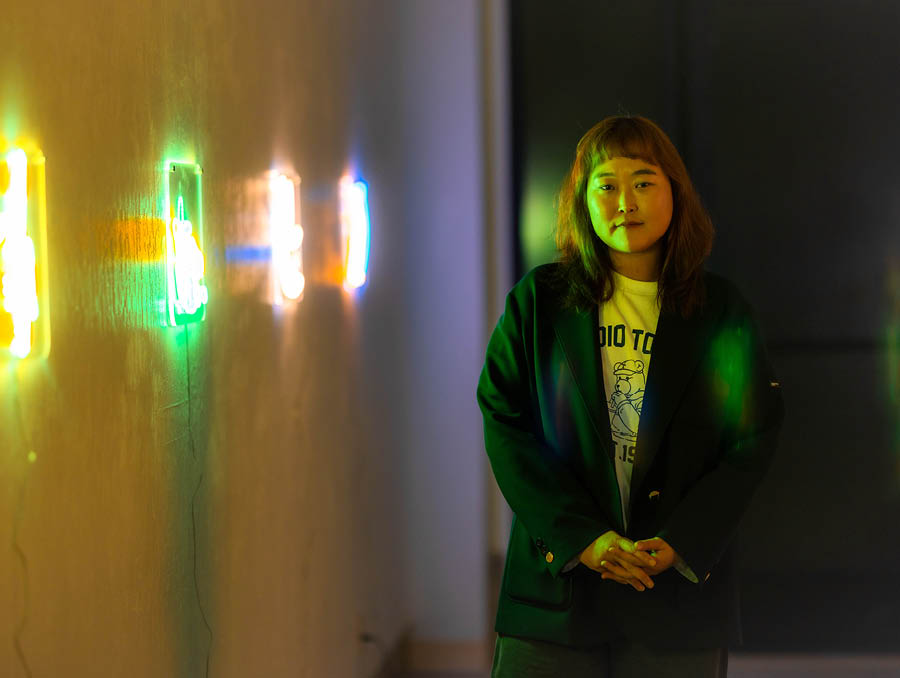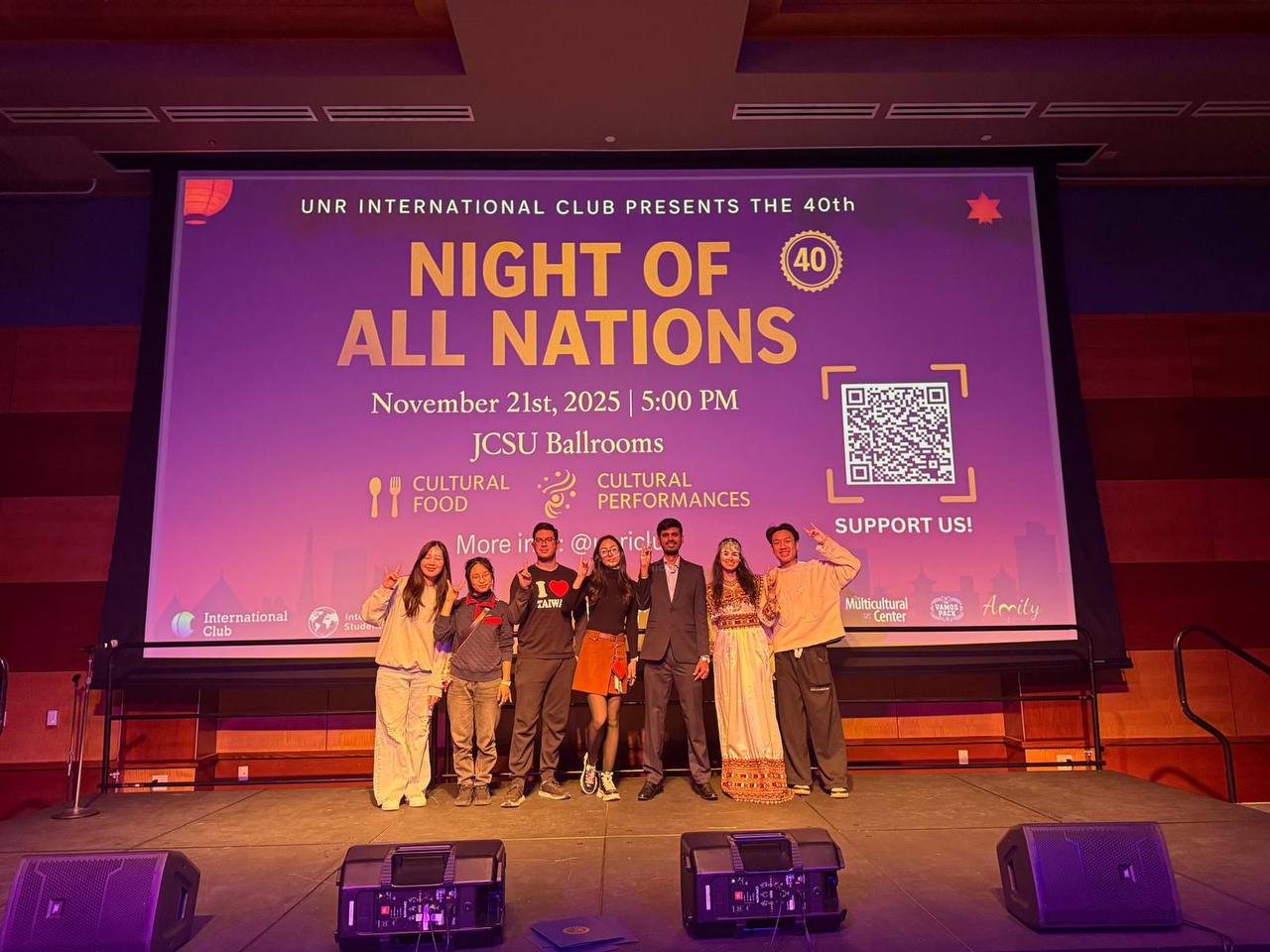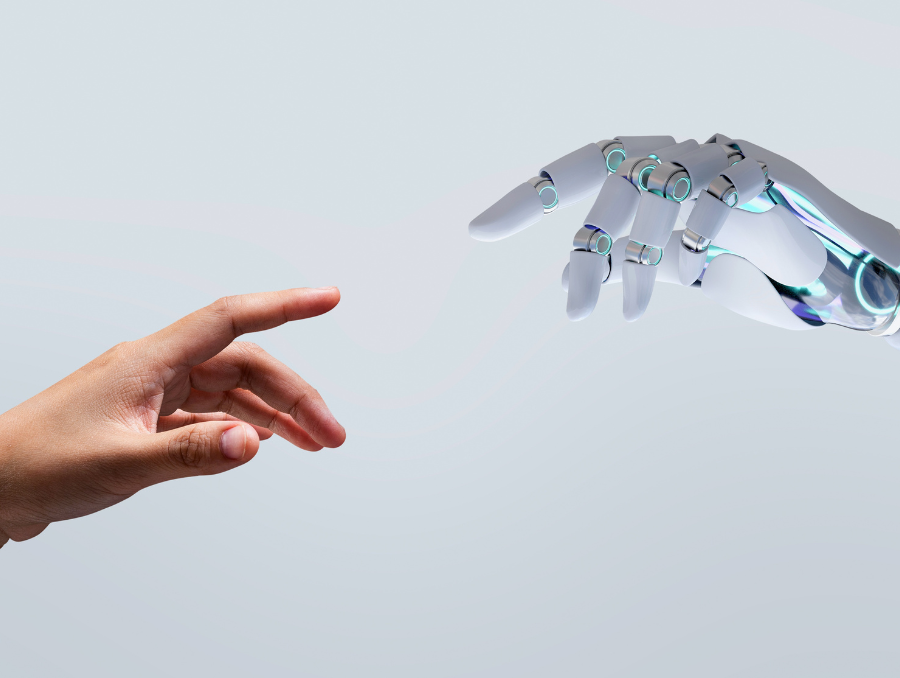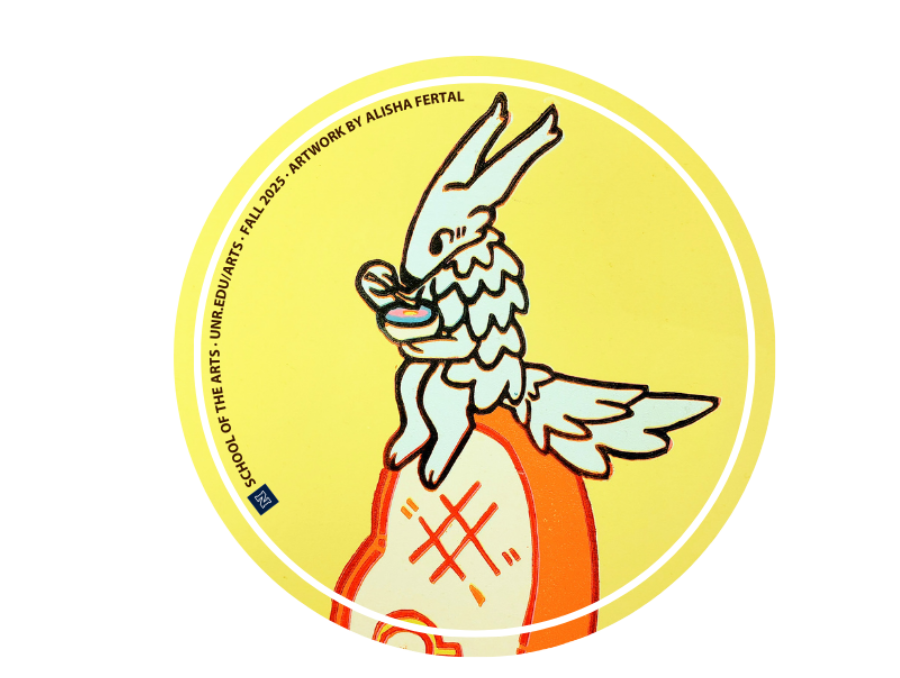Choey Eun Young Cho’s family moved from South Korea to Saipan, CNMI, a territory of the United States then, when she was thirteen, which set into motion a negotiation between languages and cultures that would ultimately fuel her work as an artist. Since then, she has traveled back and forth between North America and South Korea, earning her MFA at the Ohio State University. Working in both the States and Korea, and exhibiting work in Ohio, New York, and Texas (her first solo show in Seoul is forthcoming in 2025). Her current show, titled “Secret Echo,” is on display at the Garage Door Gallery atthe University of Nevada, Reno at Lake Tahoe. Her work grapples with the obscurities and ambiguities of translation – “Secret Echo” exhibits a relatively new direction for her, creating drawings made of LED lights. Previously, much of her work was rooted in the display and deconstruction of text – Choey’s light drawings eschew text, but the images are still deeply embedded in a process of translation, self-consciously illuminating the gap between sign and signification. We talked about the difficulties of language, and particularly discussed “Bananananana,” a series of light drawings of bananas included in the show. “Banana” can be used as a slur, deriding an Asian for losing contact with their culture – “yellow” on the outside, but “white” on the inside. Choey’s drawings are contour drawings – a technique where the artist concentrates on outlining the edges of the subject, sometimes not even looking at the paper, imagining that the drawing implement is actually in contact with those edges.
The transcript below is an edited combination of a Zoom interview and an email exchange.
I was interested in your practice around translation, and what an engine it is for your artwork – and I'm wondering if you could talk about your work as an “official” translator.
When an opportunity for translation work presents itself, I still take up the job, but I know the weight of it now. I worked as a bilingual instructor when I came back to South Korea because I wanted some time away from art altogether to experience other things. After a few years of working in the industry, I’ve acquired a skillset to translate, and my first official translation was published in 2017. Bridging the gap between two languages and cultures, conveying the essence and the nuances of others’ voices requires not only language proficiency but fidelity to the original work, creativity and cultural competency, among many other things. And it is a complicated but infinitely stimulating endeavor where I can be the puppet master of words.
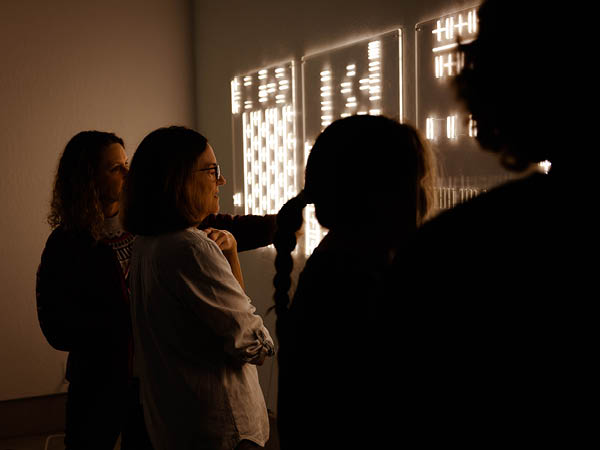
Did you seek out translation work because of your artistic drive to investigate translation, or was it happenstance – because of the skills you’d developed?
I can’t say there was a definite correlation between my bilingualism and the direction of my art practice. It was just where I was and where I am now. I was surrounded by more than one language to work with and so the curiosity was prescribed in a way. Wandering between cultures and being lost and found in more than one linguistic identity, translation became an inspiration and a way of life.
What is a word or a phrase that you’ve encountered that you found was a struggle, in terms of moving it from one language to the next?
I've been asked that a few times but it's hard to pin down to one word or an encounter, because it can’t be a singular instance. The struggle is in the division and the doubleness of their relations; both in the repression of each language in the face of another, and in the summoning of one another in their proceeding. They go side by side, they are inseparable.
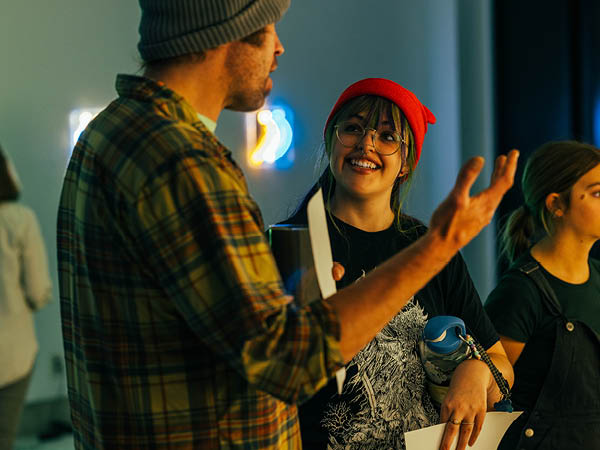
Maybe I can broaden it. I have a sense from your artist’s talk that there's a different sense of “beingness” in each language for you – that you feel differently, or express differently, in each language.
Yes, there is a physical shift moving between more than one language for sure – the way your tongue gets decentered, and you sound different and feel the recognizable difference in addressing people. But beyond that, ‘beingness’ in language is more about sensing the existence of an unrecognizable voice within me and you, and of this world. This is what I refer to as a secret echo; the unmapped and rootless dimension of language in a broader sense of the word “language” – something that is there but can’t be seen. It can be the inevitable cultural and social constructs, systems, and methods of creating meaning that may come to pass in the act of translation.
Talk to me about your light drawings – and the sorts of things you face when you’re making a “drawing” out of LED lights.
The LED drawings in the show were made from a MASS MoCA residency last year. It has only been a little over a year since I experimented with LED lights. There’s much to learn yet, but I learned to work with its electrical current flow, connecting wires, soldering and more while looking for a way to utilize the medium as a drawing tool.
Much like how light reveals the details and characteristics of objects without becoming the object itself, the work is a manifestation of the concept, but is not the concept itself; it’s a sort of an assemblage of transformation by repetition. The bananananana series (2022) is about making a newer link between sign and signified, word and concept. Each piece begins with a contour drawing and the focus is on transformation rather than interpretation.
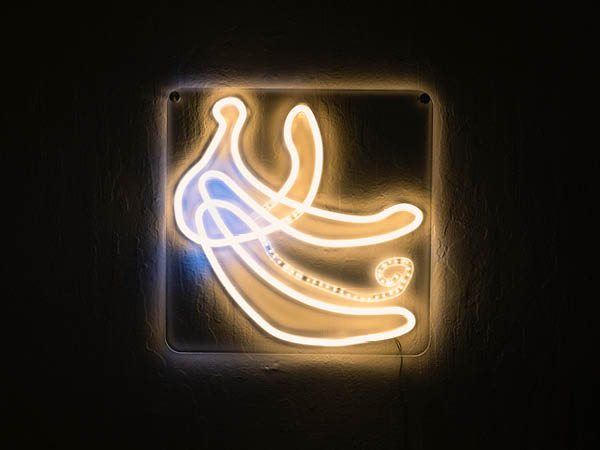
In contour drawing, you're trying to make a contact with the thing to get past the idea or the symbol of the thing, right? I think of this when I teach drawing – we have these stereotypes of what a thing looks like, and when someone's not trained as a draftsperson, they go to the symbol – they almost can't see the thing in front of them.
Yes, to get to the fundamental form.
Perhaps it’s imagining the body of a word and giving a shape to its concept. It is in the gesture. The contour drawing, to me, is where the sensation precedes the perception. The gesture is in between. To expand and divide this idea of ‘banana,’ utilizing LED light for drawing made perfect sense to me.
How did it feel to make the work that is handling a slur – that is deconstructing or addressing a slur?
It’s only partly about the slur, but more about what the word refers to in various contexts – what the banana can mean in different stages, and re-establishing the relation between the word ‘banana’ and the various attributes associated with this particular fruit we know. In some ways, it is deconstructing it.
Is it a way of attacking the slur?
No, it's more of an inquiry.
It relates more to my obsession to archiving language; the need to bring something to the surface and making it more alive in my work. When I choose to work on some idea or something, I must have a connection to it. “Banana” was a derogatory word but a curious one – referring to Asian Americans lacking authentic Asianness, not worthy anymore to be Asian. Because I question this myself, my own identity, all the time, it was ‘proper’ to work with it, to archive it.
It raises questions about what ‘identity’ means by unfolding what is meant to be ‘proper.’ How does identity become defined? What satisfies being American and what do you require to be Korean?
‘Proper’ to me is a fantasy.
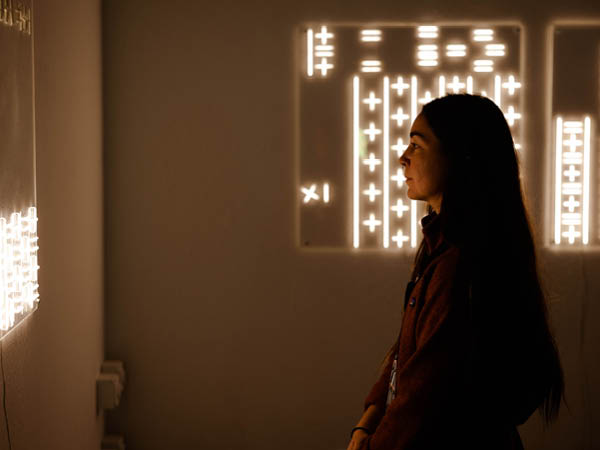
I'm imagining, in the series of drawings, that the banana is becoming unpeeled. I’m not sure if it’s being peeled, or if they are different contour drawings of different bananas. But it struck me that there are states of the banana where, if those were the first ones you saw, you might not be able to identify it as a banana. You need the scaffold of the recognizable ones unravelling – which to me reads like an act of translation itself.
It is, it is.
Only within the repetition can you get close to distinguishing what’s repressed underneath. While the light scatters in the air, the figure of the so-called bananananana keeps changing depending on environment, and the relationship between the word and the concept transforms.
One thing that was surprising to me, because I had seen photos of the work before I saw the work itself, was how difficult it was to actually look at the drawings directly – it's almost too much for the eyes to look at, which is something that doesn't come across in the photos.
When you encounter the drawings in person, it's impossible to look at them without the traces of the image (afterimage) remaining in your eyes. This fleeting yet lingering visual impression reminds me of sematic priming when exposure to one word influences the processing of a semantically related word. And I quite enjoy that you can’t photograph their true likeness – it can never be pinned down. The concept can never really be pinned down to one definition, or a word. A word is a translation itself, yes?
Do you speak another language?
I don't. I have failed to learn French and Portuguese and Spanish. So, I certainly have a sense of the failings of language.
I feel that all the time every moment of every day.
